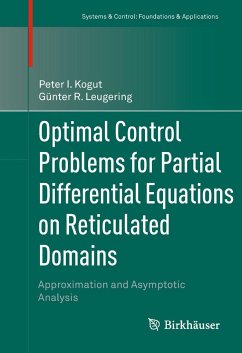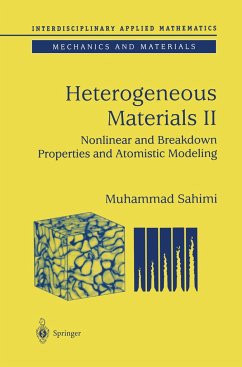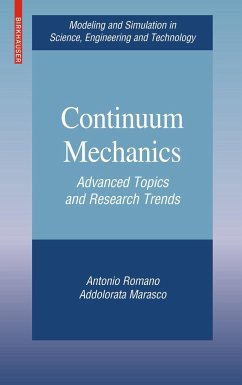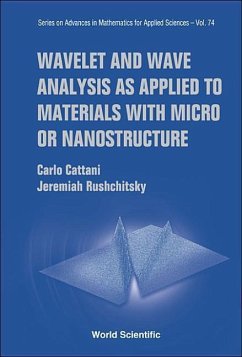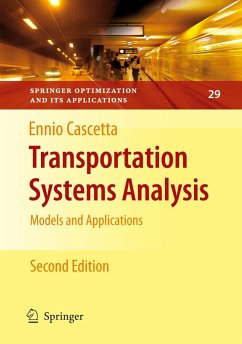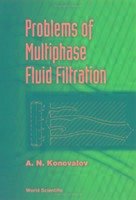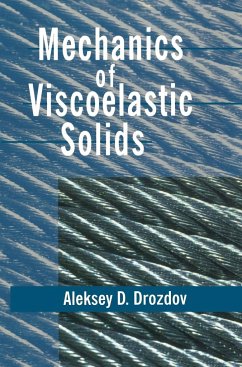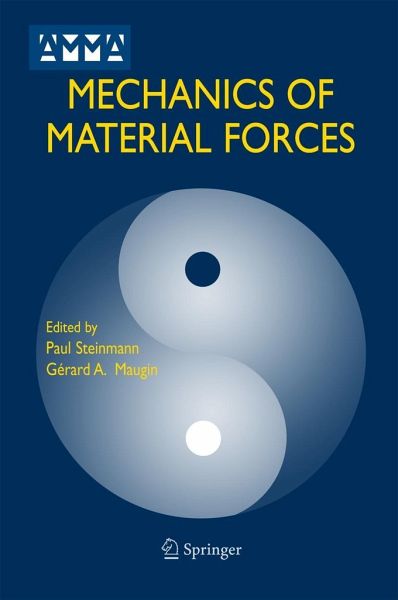
Mechanics of Material Forces
Versandkostenfrei!
Versandfertig in 6-10 Tagen
76,99 €
inkl. MwSt.

PAYBACK Punkte
38 °P sammeln!
The notion dealt with in this volume of proceedings is often traced back to the late 19th-century writings of a rather obscure scientist, C. V. Burton. A probable reason for this is that the painstaking de ciphering of this author's paper in the Philosophical Magazine (Vol. 33, pp. 191-204, 1891) seems to reveal a notion that was introduced in math ematical form much later, that of local structural rearrangement. This notion obviously takes place on the material manifold of modern con tinuum mechanics. It is more or less clear that seemingly different phe nomena - phase transition, local destr...
The notion dealt with in this volume of proceedings is often traced back to the late 19th-century writings of a rather obscure scientist, C. V. Burton. A probable reason for this is that the painstaking de ciphering of this author's paper in the Philosophical Magazine (Vol. 33, pp. 191-204, 1891) seems to reveal a notion that was introduced in math ematical form much later, that of local structural rearrangement. This notion obviously takes place on the material manifold of modern con tinuum mechanics. It is more or less clear that seemingly different phe nomena - phase transition, local destruction of matter in the form of the loss of local ordering (such as in the appearance of structural defects or of the loss of cohesion by the appearance of damage or the exten sion of cracks), plasticity, material growth in the bulk or at the surface by accretion, wear, and the production of debris - should enter a com mon framework where, by pure logic, the material manifold has to play a prominent role. Finding the mathematical formulation for this was one of the great achievements of J. D. Eshelby. He was led to consider the apparent but true motion or displacement of embedded material inhomogeneities, and thus he began to investigate the "driving force" causing this motion or displacement, something any good mechanician would naturally introduce through the duahty inherent in mechanics since J. L. d'Alembert.





